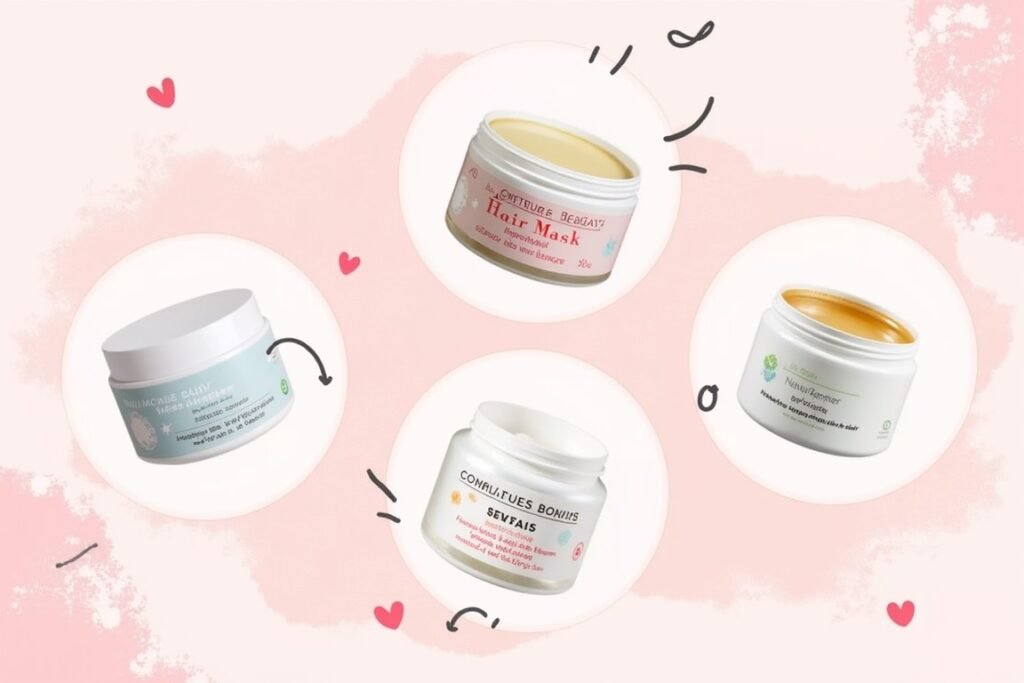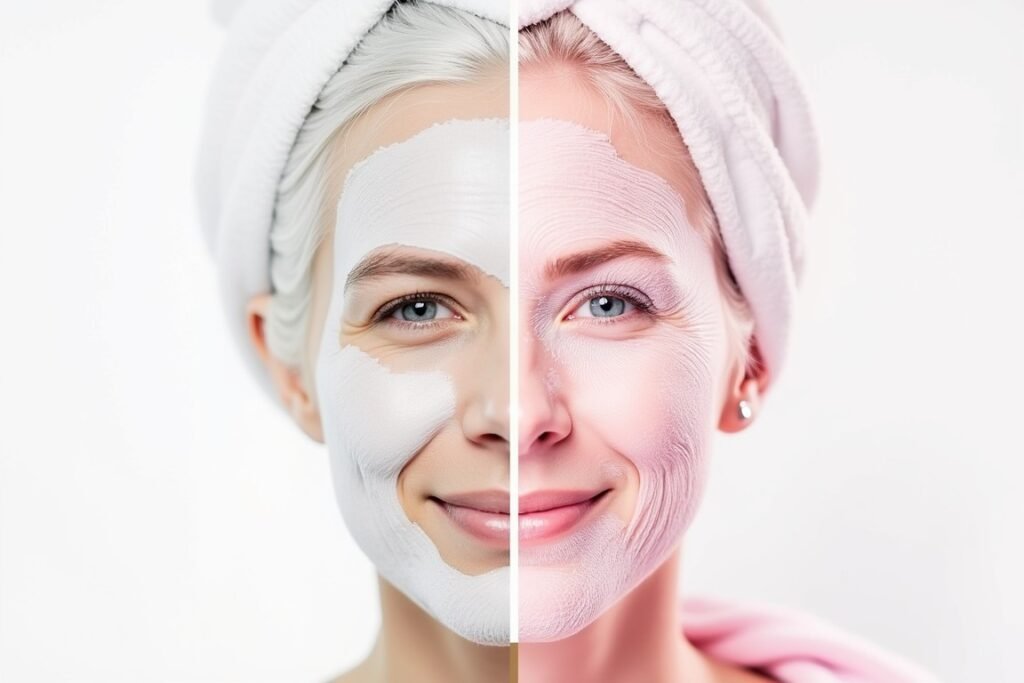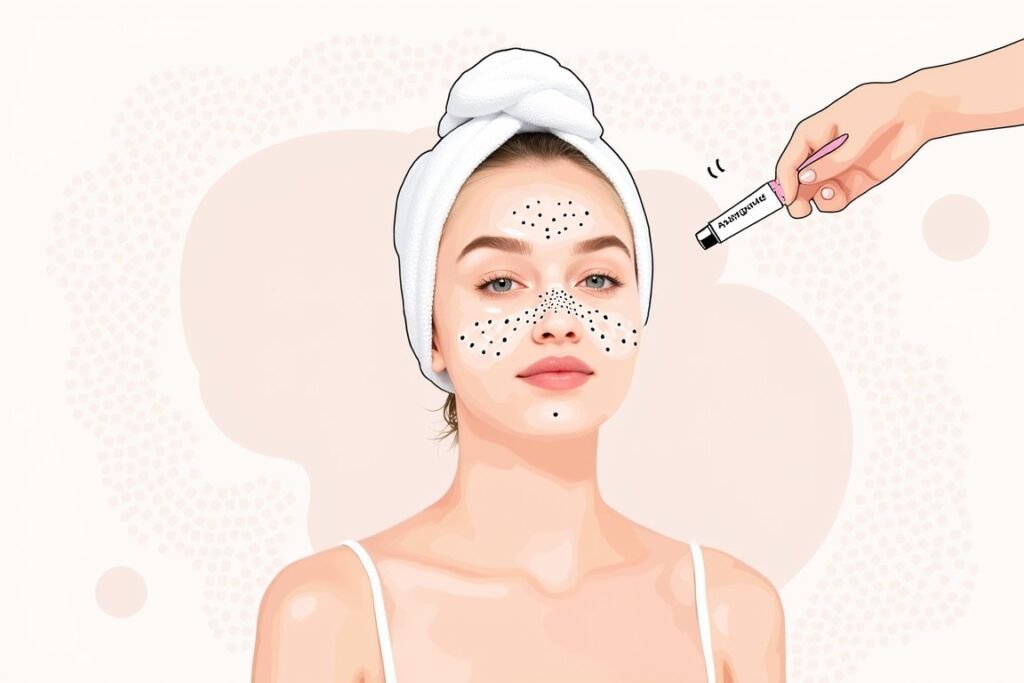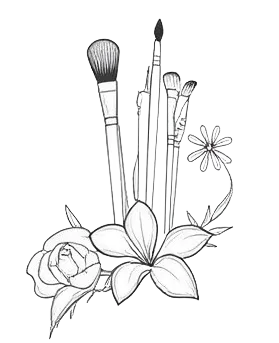Let’s get one thing straight from the start: there’s no magic potion that will give you Rapunzel-length hair overnight. If you’ve fallen down the rabbit hole of “grow 6 inches in one month” videos, I hate to break it to you, but that’s not how hair biology works.
But here’s the good news – while you can’t dramatically change your hair’s growth rate, you CAN optimize the conditions for your hair to grow at its healthiest pace. Some methods might help you gain an extra inch or two per year, which adds up significantly over time.
I’ve spent way too much time researching this topic (blame my own hair growth frustrations), and I’m here to share what actually works according to science, not just what sounds good on social media.
Contents
- 1 Quick facts – what science says about hair growth speed
- 2 How fast do hair actually grow (and why yours might be slower)?
- 3 8 science-backed methods to boost hair growth
- 4 Supplements that actually work vs marketing hype
- 5 The scalp massage technique that stimulates growth
- 6 Foods and nutrients your hair follicles need
- 7 Common hair growth myths debunked
Quick facts – what science says about hair growth speed
Normal hair growth rate: 0.5 inches (1.25 cm) per month, or about 6 inches per year Growth phase duration: 2-7 years (this determines your maximum possible length) Factors you can’t change: Genetics, age, hormones Factors you CAN influence: Nutrition, scalp health, hair care practices, stress levels
The reality? You’re probably not going to double your growth rate, but you might be able to increase it by 10-20% with the right approach. More importantly, you can ensure your hair grows at its optimal rate rather than being slowed down by preventable factors.
How fast do hair actually grow (and why yours might be slower)?
Hair grows in cycles, and each follicle is on its own timeline. The anagen phase (active growth) lasts 2-7 years, during which your hair grows about half an inch per month. Then it enters a resting phase before eventually falling out to make room for new growth.
Why your hair might seem to grow slowly:
- Breakage mimicking slow growth – if your hair breaks as fast as it grows, you won’t see length progress
- Nutritional deficiencies affecting follicle health
- Poor scalp circulation limiting nutrient delivery to follicles
- Chronic stress pushing more follicles into resting phase
- Damage from heat and chemicals weakening the hair shaft
Most people’s hair growth “problems” aren’t actually growth problems – they’re retention problems. Your hair might be growing normally, but you’re not keeping the length you gain.
8 science-backed methods to boost hair growth
1. Scalp massage with essential oils
The science: A 2016 study found that 4 minutes of daily scalp massage increased hair thickness. Another study showed rosemary oil performed as well as 2% minoxidil for hair growth.
How to do it: Massage your scalp for 4-5 minutes daily using circular motions. Add 2-3 drops of rosemary or peppermint oil mixed with a carrier oil like jojoba.
2. Optimize your protein intake
The science: Hair is 95% protein (keratin). Studies show that protein deficiency directly impacts hair growth rate and quality.
What you need: Aim for 0.8-1.2 grams of protein per kg of body weight. Include complete proteins like eggs, fish, and quinoa.
3. Address iron deficiency
The science: Iron deficiency is linked to hair loss and slower growth, especially in women. Ferritin levels below 40 ng/mL can affect hair growth even without anemia.
Action step: Get your iron and ferritin levels tested. If low, increase iron-rich foods (spinach, lentils, red meat) and consider supplementation under medical guidance.
4. Take biotin (if you’re deficient)
The science: Biotin deficiency causes hair loss and slower growth. However, most people get enough biotin from food unless they have specific absorption issues.
Reality check: Biotin supplements only help if you’re actually deficient, which is rare. Save your money unless blood tests show deficiency.
5. Reduce heat and chemical damage
The science: High heat breaks down hair’s protein structure, leading to breakage that counteracts growth gains.
Practical approach: Air dry when possible, use heat protectant always, and keep styling tools under 350°F (175°C).
6. Sleep on silk or satin
The science: Cotton pillowcases create friction that can cause breakage and tangles. Silk reduces friction by up to 43%.
Easy swap: Switch to silk or satin pillowcases, or use a silk hair wrap at night.
7. Manage stress levels
The science: Chronic stress pushes hair follicles into telogen (resting) phase prematurely, slowing overall growth.
Stress busters: Regular exercise, meditation, adequate sleep, and stress management techniques can help normalize hair growth cycles.
8. Stay hydrated and get quality sleep
The science: Dehydration affects nutrient transport to follicles. Sleep deprivation disrupts growth hormone production needed for hair growth.
Daily goals: 8 glasses of water and 7-9 hours of sleep per night.
Supplements that actually work vs marketing hype
Supplements with scientific backing:
- Iron (if deficient) – crucial for hair follicle function
- Vitamin D (if deficient) – helps create new follicles
- Zinc (if deficient) – supports protein synthesis in hair
- Omega-3 fatty acids – may improve hair density
Overhyped supplements:
- Biotin (unless you’re deficient, which is rare)
- Collagen (your body breaks it down into amino acids anyway)
- Hair growth gummies (usually just expensive biotin and sugar)
Before spending money on supplements, get blood work done to identify actual deficiencies. Taking supplements you don’t need won’t accelerate growth and might even cause side effects.
The scalp massage technique that stimulates growth
Here’s the specific technique that showed results in studies:
Step 1: Use your fingertips (not nails) to apply medium pressure to your scalp Step 2: Make small circular motions, spending 30 seconds on each section Step 3: Cover your entire scalp – front, crown, sides, and back Step 4: Total massage time should be 4-5 minutes Step 5: Do this daily, preferably before washing your hair
Optional enhancement: Add 2-3 drops of rosemary essential oil mixed with jojoba or coconut oil. Studies show rosemary oil can be as effective as minoxidil for some people.
Foods and nutrients your hair follicles need
Your hair follicles are among the most active cells in your body, so they need consistent nutrient supply:
Protein sources: Eggs, fish, chicken, lentils, quinoa Iron-rich foods: Spinach, red meat, pumpkin seeds, dark chocolate Vitamin C: Helps iron absorption – pair iron foods with citrus, berries, or bell peppers Healthy fats: Avocados, nuts, seeds, fatty fish Complex carbs: Provide steady energy for follicle activity
Sample hair-healthy meal: Spinach salad with grilled salmon, pumpkin seeds, and citrus vinaigrette. This hits protein, iron, vitamin C, and omega-3s in one dish.
Common hair growth myths debunked
Myth: Cutting your hair makes it grow faster Truth: Hair grows from the roots, not the ends. Trimming removes damage but doesn’t affect growth rate.
Myth: Brushing 100 strokes daily stimulates growth Truth: Over-brushing causes breakage. Gentle detangling is better than aggressive brushing.
Myth: Prenatal vitamins boost hair growth in non-pregnant women Truth: They only help if you’re deficient in the specific nutrients they contain.
Myth: Washing hair less often promotes growth Truth: A clean scalp is better for growth. Wash as often as your scalp needs it.
Myth: Hair masks penetrate deeply enough to affect growth Truth: Most masks only condition the hair shaft, not the follicle where growth happens.










